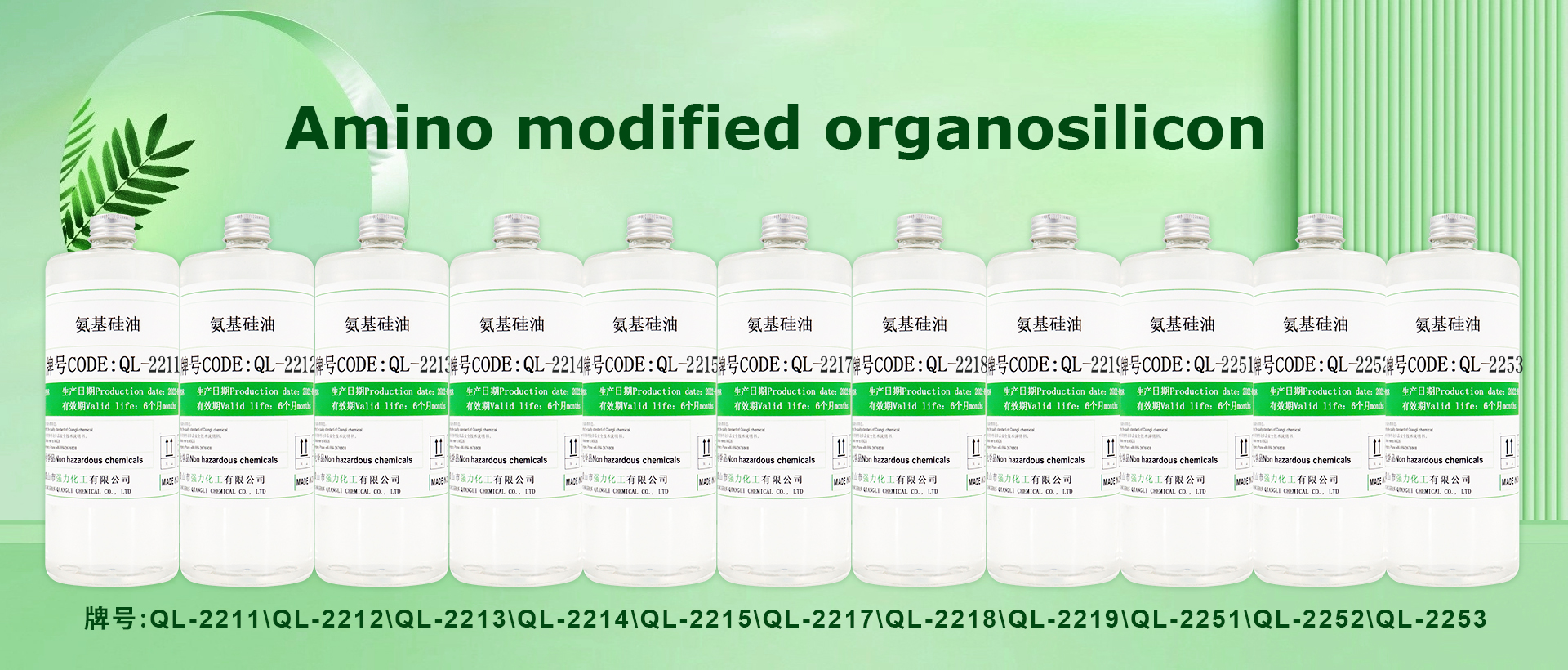Silicone glue is a type of adhesive in silicone rubber that is used to bond silicone to silicone, and silicone to similar plastics. It solidifies by contacting water molecules on the surface of the object to be bonded or sealed or water molecules in the air. Widely used in the bonding of mobile phone buttons, silicone and silicone, silicone and metal, plastics, electroplated components, silicone rubber, ceramics, wood, stone, glass, nylon, and leather.
Silicone glue can be divided into room temperature bonding and high temperature bonding according to its different properties and raw materials. The main components are silicone and cross-linking agent. Silicone glue is a two-component instant silicone adhesive composed of agent A and agent B. It has unique characteristics such as high performance, high strength, good flexibility, resistance to boiling, and passing the salt spray test. It is very suitable for continuous production lines. Operation; silicone glue has passed EU ROHS standards and SGS testing.
With the development of aerospace, aircraft manufacturing, electronics and other industries, new types of high-temperature-resistant rubber and high-temperature-resistant silicone adhesives are required. Silicone rubber is widely used because of its good thermal stability, good cold resistance, good electrical properties and excellent weather resistance. Especially after the emergence of room temperature curing silicone rubber, robust and safe silicone adhesives have become an important product in the silicone industry. What are the main uses of silicone adhesives shared below?

Silicone glue is a type of silicone rubber used for bonding items. It solidifies by contacting water molecules on the surface of the object to be bonded or sealed or water molecules in the air. The curing speed may be very slow in a dry and cold environment, but in a suitable environment such as 25 degrees Celsius and a relative humidity of more than 65%, this type of glue can be surface-dry (touch dry) within 3-30 minutes. The general curing time is surface-dry. Let dry for 10-20 minutes. It takes 24 hours to fully cure. After curing, it has the same elastomer properties as silicone, and the bonding strength can reach the tensile strength of silicone itself. It is the most ideal adhesive for bonding formed silicone seals, Japanese-shaped hollow tubes, etc.
No. 1: Applications in electrical and electronics
Silicone rubber has a high resistivity and its resistance remains stable over a wide temperature and frequency range. At the same time, silicone rubber has good resistance to high-voltage corona discharge and arc discharge, and is widely used in electric heating appliances. Room temperature vulcanization silicone adhesives can be divided into two-component and single-component. Two-component uses the main material and filler as one component, and the curing agent, tackifier, and catalyst as another component. Just mix the two. Of course, pay attention to safety when using them.
No. 2: Application in the construction industry
Silicone adhesives are used to seal doors and windows, glass, tunnels, subways, porcelain blocks, cement and metal frames in underground buildings, etc., with good application results. Single-component is to put the mixed components into a closed container. When used, the rubber is exposed to the air and contacts the moisture in the air, and it quickly solidifies into elastic silicone rubber. Its application in the construction industry can be seen Silicone adhesives stick very well.
No. 3: Application in civil field
Silicone adhesive bonds PTEE, fire-resistant glass, etc. on the surface of skis. Among them, room-temperature vulcanized silicone adhesives are easy to use, have simple processes, and have better bonding strength than high-temperature curing types. Silicone adhesives are mainly used for bonding vulcanized silicone rubber to metal, and metal to metal. One-component silicone rubber adhesives are much better than two-component ones, especially acetic acid-based one-component room temperature vulcanizing adhesives that can bond most materials.
All in all, if silicone adhesives use silicone surface treatment agents to properly treat the surface of the adherend, they will have good bonding strength for almost all materials. Moreover, the reliable silicone adhesive can improve water resistance and chemical reagent resistance, and the process is convenient. One-component room temperature vulcanizing adhesives can also be used in the automotive industry and shipbuilding industry. In recent years, they have been developed and used in bonding blood vessels, hearts, surgeries, etc.




